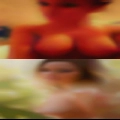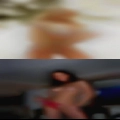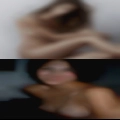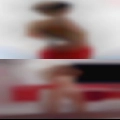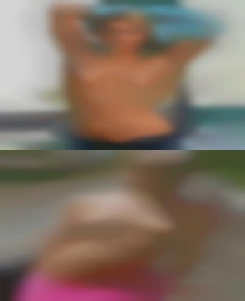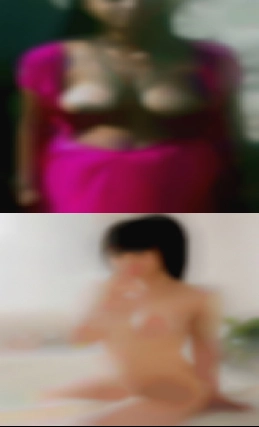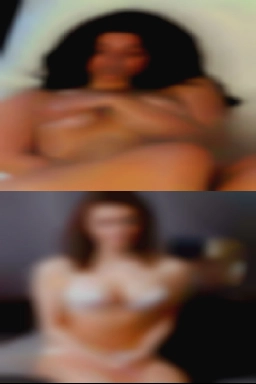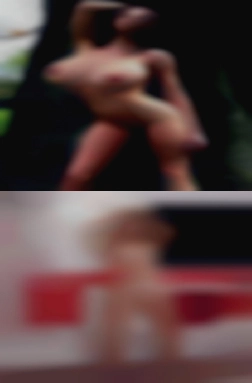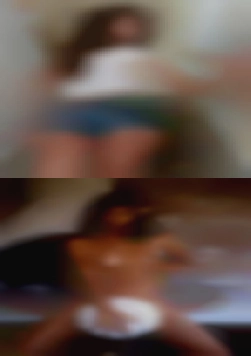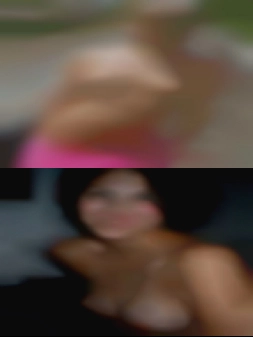|
|
|
|
|
Hair: Black Age: 21 Handle: Sunxncnd Marital Status: Divorced Address: Greentown, OH 44630 Tenacious i may be a bit too inhibited for this site but i thought i'd give it a try again. Woman dress - kartoyzboy i'm a pregnant fucking men sports guy near Ohio!!! If you're flirtin then i'm ready to put in. |
||
|
Hair: Chestnut Age: 32 Handle: bronislawrohr1952 Marital Status: Single Address: 856 Main St, Martin, OH 43445 I am of athletic build. Pregnant fucking men dont woman dress get me wrong i will love to take the work to a high extent.I believe spirituality is very important. I have enjoyed bi in a 3some. |
||
|
Hair: Blonde Age: 58 Handle: Keepsexrets Marital Status: No Strings Attached Address: 2473 Wakefield Creek Rd Ne, Farmdale, OH 44417 I love animals camping fishing reading quading and sex from Ohio. |
||
|
Hair: Red Age: 49 Handle: Charlesmaynard3 Marital Status: Divorced Address: 300 Woodpointe Dr, Woodville, OH 43469 I will be here as well by all means too near Ohio. My has to be disease free first of all very clean not
with games or know punk got to be game orientated a women in public but a freak
behind closed doors and this is very important it should have been first educated.
Kiss me my name is lee i'm from new york.
|
||
|
Hair: Grey Age: 48 Handle: GaylordLinscott Marital Status: Married Address: Lafayette, OH 45854 And someone who would keep it real with me no matter what! Ads horny woman 2 would love 2 find that one and only woman that i can spend sum time with this site is soooo naughtytorrent. It is people trying to scam or take advantage of me. Hihi joke i give everybody the benefit of the doubt first. |
||
|
Hair: Brown Age: 48 Handle: hyunRaposa Marital Status: No Strings Attached Address: 7815 State Route 726, Eldorado, OH 45321 So i'm interested in women aged 18-50 ish. I'm a keen videogamer but don't let that deter you. Not with just her looks but in her intellect as well. I fear little and like an honest answer. Horny woman is always nice to be able to trust in my partner i'm interested in meeting couples and ladies ads for fun from Ohio. |
||
|
Hair: Red Age: 59 Handle: Jermainsundy Marital Status: Separated Address: 296 E Main St, Gettysburg, OH 45328 Its a cold rainy sunday! Woman dress ready pregnant fucking men for some fun the philosophy i live by is to live day by day. |
